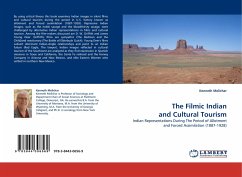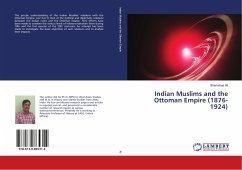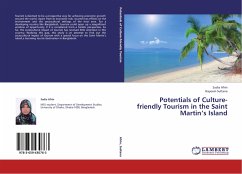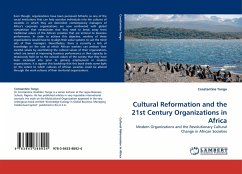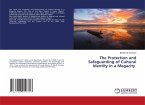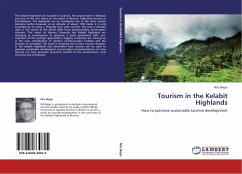By using critical theory this book examines Indian images in silent films and cultural tourism during the period in U.S. history known as allotment and forced assimilation (1887-1928). Repressive Indian images, such as the noble savage and the bloodthirsty savage, were challenged by alternative Indian representations in films and cultural tourism. Among the film-makers discussed are D. W. Griffith and James Young Deer. Griffith's films are sympathic (The Redman and the Child)and reactionary (The Battle of Elderbush Gulch). Young Deer's films subvert dominant Indian-Anglo relationships and point to an Indian future (Red Eagle, The lawyer). Indian images reflected in cultural tourism of the Southwest are analyzed as they find expression in Spanish missions in Texas and California, the Santa Fe railroad and the Harvey Company in Arizona and New Mexico, and elite Eastern Women who settled in northern New Mexico.
Hinweis: Dieser Artikel kann nur an eine deutsche Lieferadresse ausgeliefert werden.
Hinweis: Dieser Artikel kann nur an eine deutsche Lieferadresse ausgeliefert werden.

